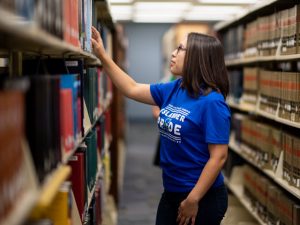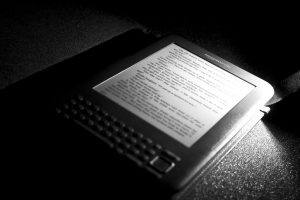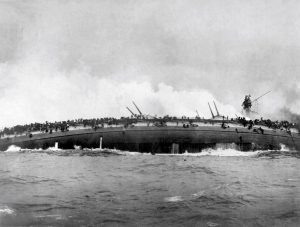Unless you live like Jared Leto, you’ve probably heard about this thing called the novel Coronavirus, or COVID-19. You’ve most likely experienced a complete upheaval in your life, home life, work life, school life, social life, every aspect of your life. We’ve made some pretty huge changes at the Bell Library, which you can read about on our new Bell Library COVID-19 Updates Guide. But today I would like to write about one of the things our completely overturned reality demonstrates: the need for open access to information.
I’ve written about open access before, but I think our new reality, at least in what is considered the “global north,” is a long-lived reality for those in what is termed the “global south.” (Yes, I did mean to link to Wikipedia. Wikipedia can be an excellent resource to get you started when you aren’t familiar with a term or topic. Added bonus, it’s open access.) What do I mean by this?
Well, let’s take a quick look at the Coronavirus timeline and how more and more information was made openly accessible. To start, in an effort to speed up the understanding of the spread of the virus, and to expedite the development of a vaccine, on January 31 a statement was released by the Wellcome Trust, with signatories of many big-name publishers, in which they agreed “all peer-reviewed research publications relevant to the outbreak are made immediately open access, or freely available at least for the duration of the outbreak.” The idea is a good one: for the duration of the outbreak, all information will be accessible to all those who need it. However, why doesn’t this apply to other things: such as climate change, cancer, or other life-threatening issues?
Heather Morrison has asked these same questions in her own blog posts. In Paywall: The Business of Scholarship, Tom Callaway discusses that his wife had a pulmonary embolism and the doctors didn’t know why. So, he tried to do research, but kept finding paywalls and did not want to spend the money just to read an article that could turn out to not apply to her situation. But what about education?
As staff, students, and faculty of TAMU-CC, we all have access to many online resources. However, when we graduate or leave the university, we lose access to these resources because we are no longer affiliated. Many graduates find frustration with this model. But think about folks all over the world who do never have access to these many resources.
Getting back to the Coronavirus, after March 11 when the WHO declared COVID-19 a world pandemic, many academic publishers and other organizations removed paywalls, licensing fees, and other restrictions to academic content so that the remainder of the school year or semester was relatively feasible for students. But as Vincent W. J. Van Gervin Oei writes, “only now that school children and students in the Global North are confronted with a limited access to physical learning materials – a daily problem for millions of students around the globe – it appears possible to open up those precious digital files.”
Efforts to increase open access to information have been ongoing, many funders now mandate that research supported by their organizations must be published in open access venues. But this pandemic has raised questions throughout the academic and scientific community: if we can make information openly accessible during a crisis, why don’t we make it open all the time?
If you find yourself with some extra time on your hands, due to quarantine or social distancing, I highly recommend watching Paywall: The Business of Scholarship.


